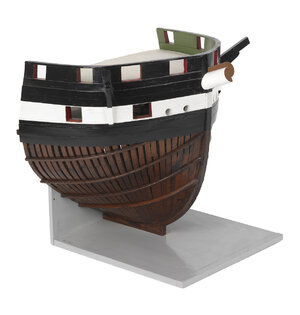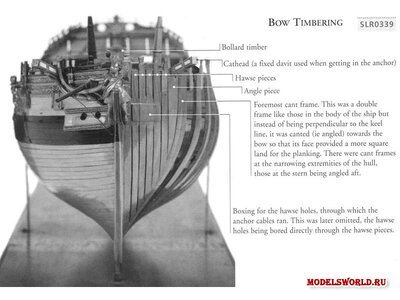- Joined
- Sep 28, 2020
- Messages
- 285
- Points
- 168

Fat bottomed girls you make the rocking world go `round!




 |
As a way to introduce our brass coins to the community, we will raffle off a free coin during the month of August. Follow link ABOVE for instructions for entering. |
 |
 |
The beloved Ships in Scale Magazine is back and charting a new course for 2026! Discover new skills, new techniques, and new inspirations in every issue. NOTE THAT OUR FIRST ISSUE WILL BE JAN/FEB 2026 |
 |



Олег. Напишу по русски. Наблюдаю за вашей постройкой и на Верфи. Спрошу здесь. Доски обшивки какой ширины, и на сколько зауживали? В корму заужали, или только в нос? С какого пояса начали зауживать, сразу от бархоута? И ещё один вопрос, расстояние между бархоутами по всей длине корпуса одинаково?
I can't say that it was in no time, the complete external planking took me 2 months. As for the planks, I order them from my supplier based on my dimensionsHard to believe you managed to plank rather big hull in no time. Great looking. Did you cut planks by hand or using router?

I can fully understand youI like her curves actually








